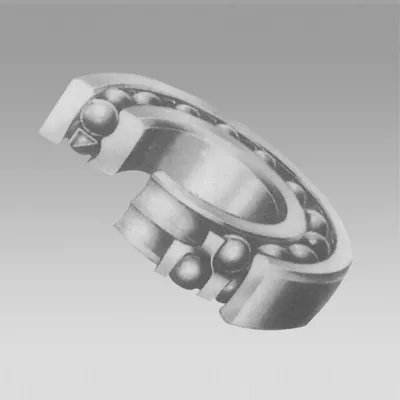
Nov . 27, 2024 22:52 Back to list
Guide to Installing Angular Contact Ball Bearings Efficiently and Effectively
Understanding the Installation of Angular Contact Ball Bearings
Angular contact ball bearings are crucial components in various mechanical systems, providing support and stability to rotating elements. Their design allows them to accommodate axial loads in one direction, making them ideal for applications such as automotive wheel bearings, machine tool spindles, and various high-speed applications. Proper installation is essential to ensure optimal performance, longevity, and efficiency of the bearing. This article outlines the steps and considerations involved in the installation of angular contact ball bearings.
1. Preparation and Tools
Before beginning the installation process, it’s important to gather the necessary tools and materials. Common tools include a bearing puller, hydraulic press, calipers, and oil or grease for lubrication. Additionally, ensure that the installation area is clean and free of contaminants, as dirt and debris can adversely affect the bearing's performance.
2. Selecting the Right Bearing
Choosing the correct angular contact ball bearing for your application is crucial. Pay attention to the bearing’s load ratings, dimensions, and precision class. Ensure that the bearing matches the specifications required for the axial and radial loads it will encounter during operation. The contact angle of the bearing, typically ranging from 15 to 40 degrees, will also affect its load-carrying capabilities.
3. Pre-Installation Checks
Before installation, inspect both the bearing and housing for any signs of damage. Check for rust, scratches, or dents, as these imperfections can lead to premature failure. Additionally, confirm that the shaft and housing dimensions are within tolerance limits to avoid complications during installation. Using calipers, measure the shaft diameter and the bore diameter to ensure a proper fit.
4. Lubrication
Proper lubrication is vital for the smooth operation of angular contact ball bearings. Depending on the application, you can either use grease or oil. Generally, grease is preferred for its ability to stay in place and provide a protective barrier. When applying grease, be careful not to over-lubricate, as excess grease can lead to overheating and increased friction. Follow the manufacturer's recommendations for the quantity and type of lubricant.
angular contact ball bearing installation

5. Installation Process
The installation of angular contact ball bearings typically requires a press, especially for tight fits. Here’s a step-by-step process
- Heating (If Necessary) If the bearing and housing are a tight fit, consider heating the housing in an oven to expand it slightly. This makes it easier to insert the bearing. Do not heat above the manufacturer’s specified limit. - Aligning the Bearing Ensure that you're installing the bearing in the correct orientation. Angular contact bearings have a specific direction for axial load handling. Align the bearing carefully with the housing and shaft.
- Pressing the Bearing Use a bearing installer or a suitable tool to press the bearing into the housing evenly. Avoid applying force directly to the rolling elements since this can cause damage.
- Checking Runout After installation, check for runout using a dial indicator. Excessive runout can indicate improper installation or alignment issues.
6. Final Checks
Once the bearing is installed, rotate the shaft to ensure smooth operation. Check for any unusual noises or resistance that might indicate improper installation. If everything appears normal, reassemble any components that were removed during installation.
Conclusion
The installation of angular contact ball bearings can significantly influence the performance and reliability of machinery. By adhering to best practices in preparation, inspection, lubrication, and installation, you can ensure that the bearings will function efficiently for their intended lifespan. Proper installation helps in achieving optimal load distribution and minimizing wear and tear, leading to reduced maintenance costs and downtime in industrial applications. Whether you are a seasoned mechanic or a DIY enthusiast, following these guidelines will help you achieve success in your bearing installation endeavors.
Latest news
-
Premium Deep Groove Ball Bearings | High Speed & Reliability
NewsAug.29,2025
-
Durable Scaffolding Clamps - Secure & Reliable Tube Connectors
NewsAug.28,2025
-
Common Failures in Thrust Ball Bearings and Solutions
NewsAug.22,2025
-
How Tapered Roller Bearings Can Take Shock Loads
NewsAug.22,2025
-
Angular Bearings in High-Precision Spindles
NewsAug.22,2025
-
The Impact of Misalignment on Cylindrical Roller Bearing Performance
NewsAug.22,2025
